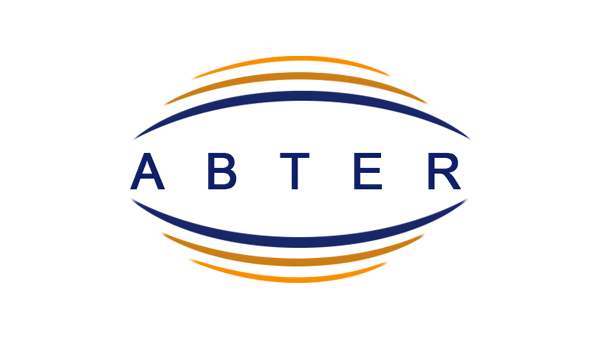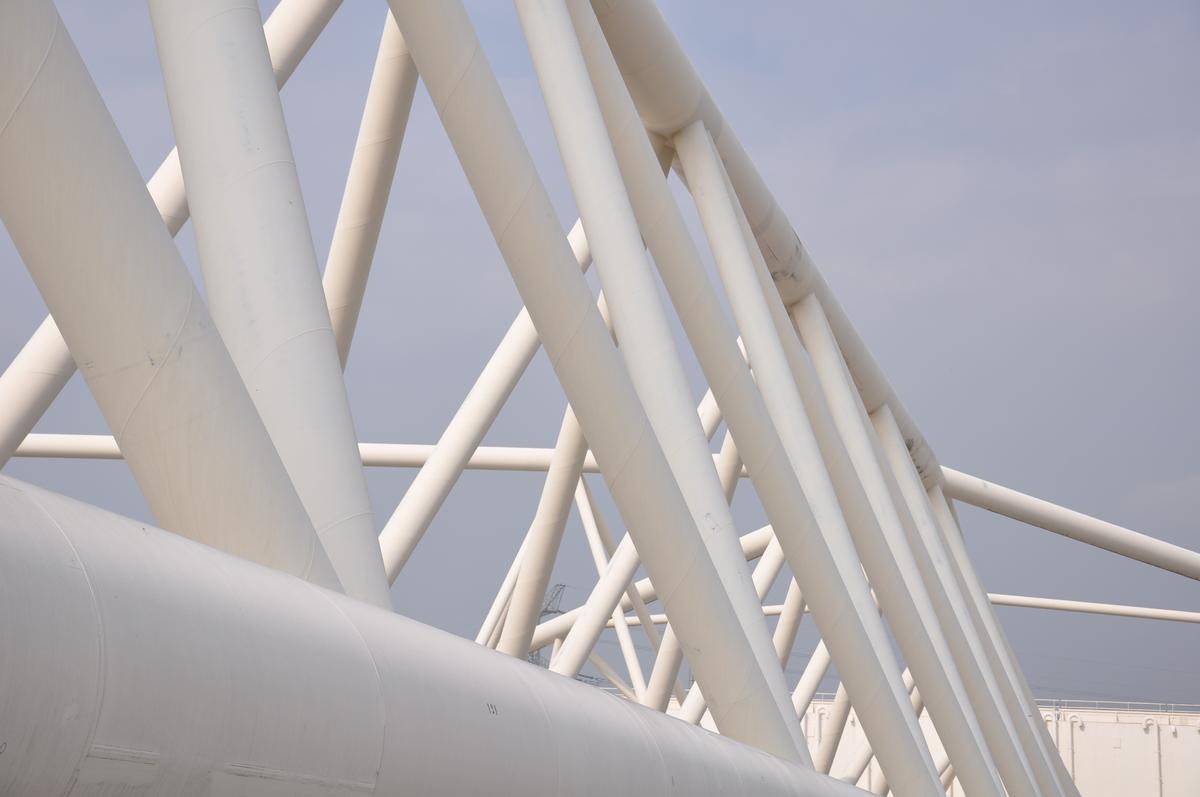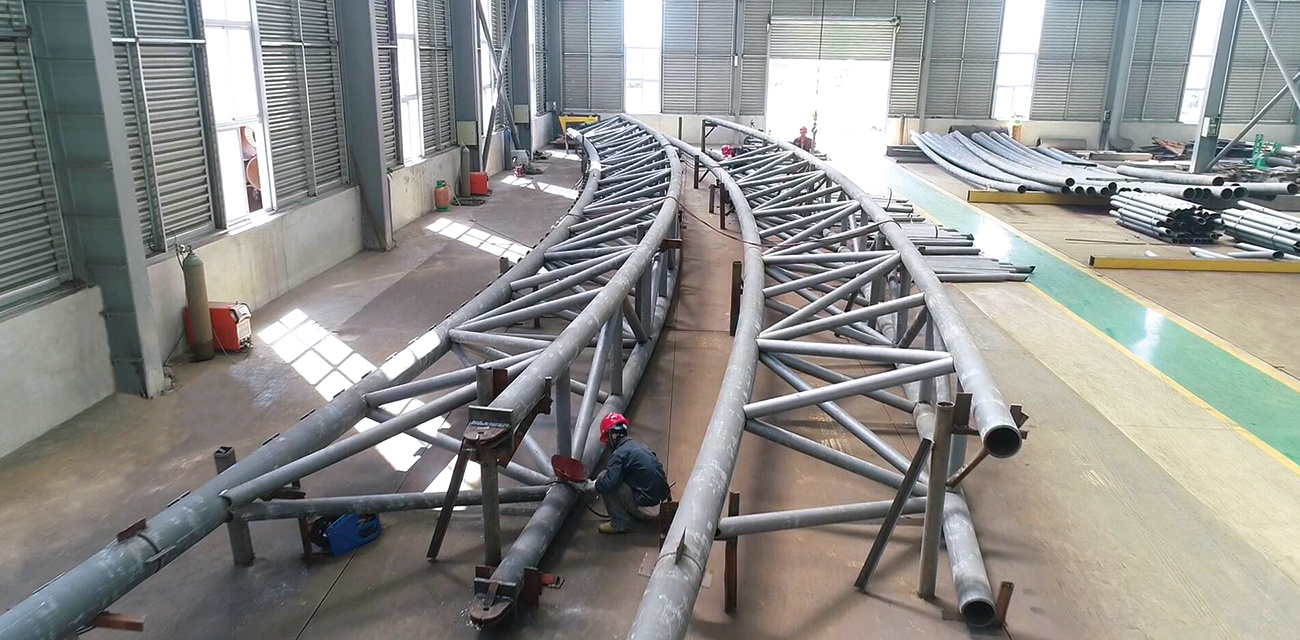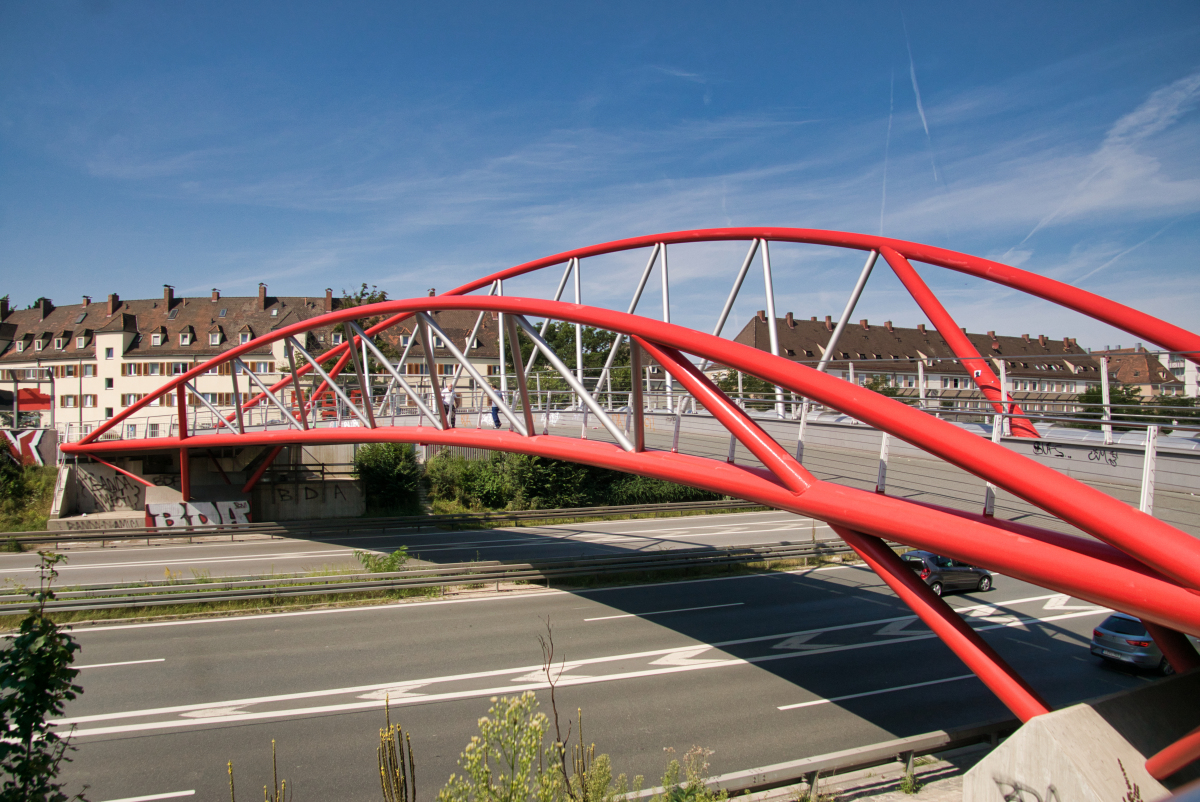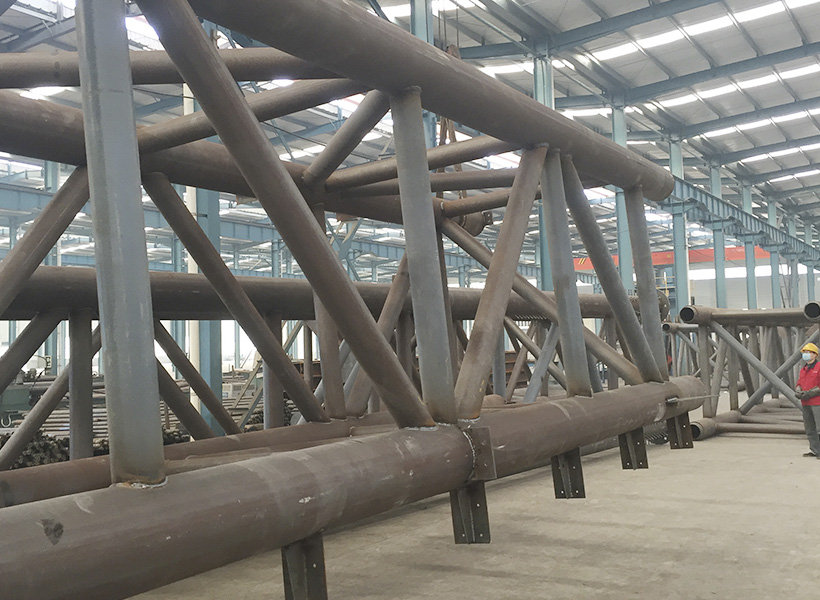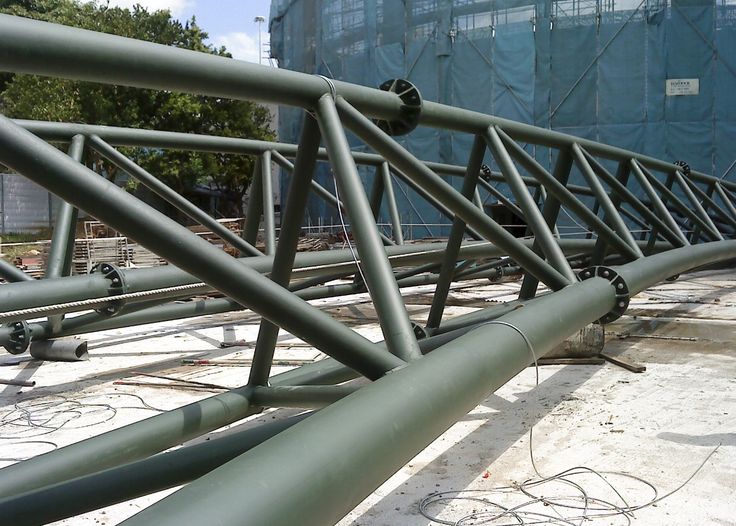Engineering Flexibility at Extreme Cold: The Mastery of ASTM A333 Alloy Steel Hot Induction Pipe Bends
The Cold Imperative: Piping for Cryogenic Service
In the critical infrastructure that supports the global energy transition—from Liquefied Natural Gas ($\text{LNG}$) terminals and refrigeration plants to Arctic oil and gas pipelines—pipelines face their most severe challenge: extreme cold. Steel, a material renowned for its strength, becomes susceptible to **brittle fracture** at low temperatures. A failure in these systems is not only catastrophic in terms of product loss but poses an immense safety and environmental hazard.
Our product, the **ASTM A333 Alloy Steel Hot Induction Pipe Bend**, is engineered specifically to defeat this challenge. It is the fusion of two highly specialized technologies: the certified low-temperature toughness of **ASTM A333 alloy steel** and the precision, stress-reducing flexibility achieved through **Hot Induction Bending**. We do not merely manufacture pipe bends; we provide custom-engineered solutions that eliminate weld joints, improve hydraulic flow, and guarantee safety and integrity in the world’s most demanding cryogenic and sub-zero applications.
To fully appreciate this product, one must understand the metallurgical assurance provided by A333 and the technical superiority of the induction bending process.
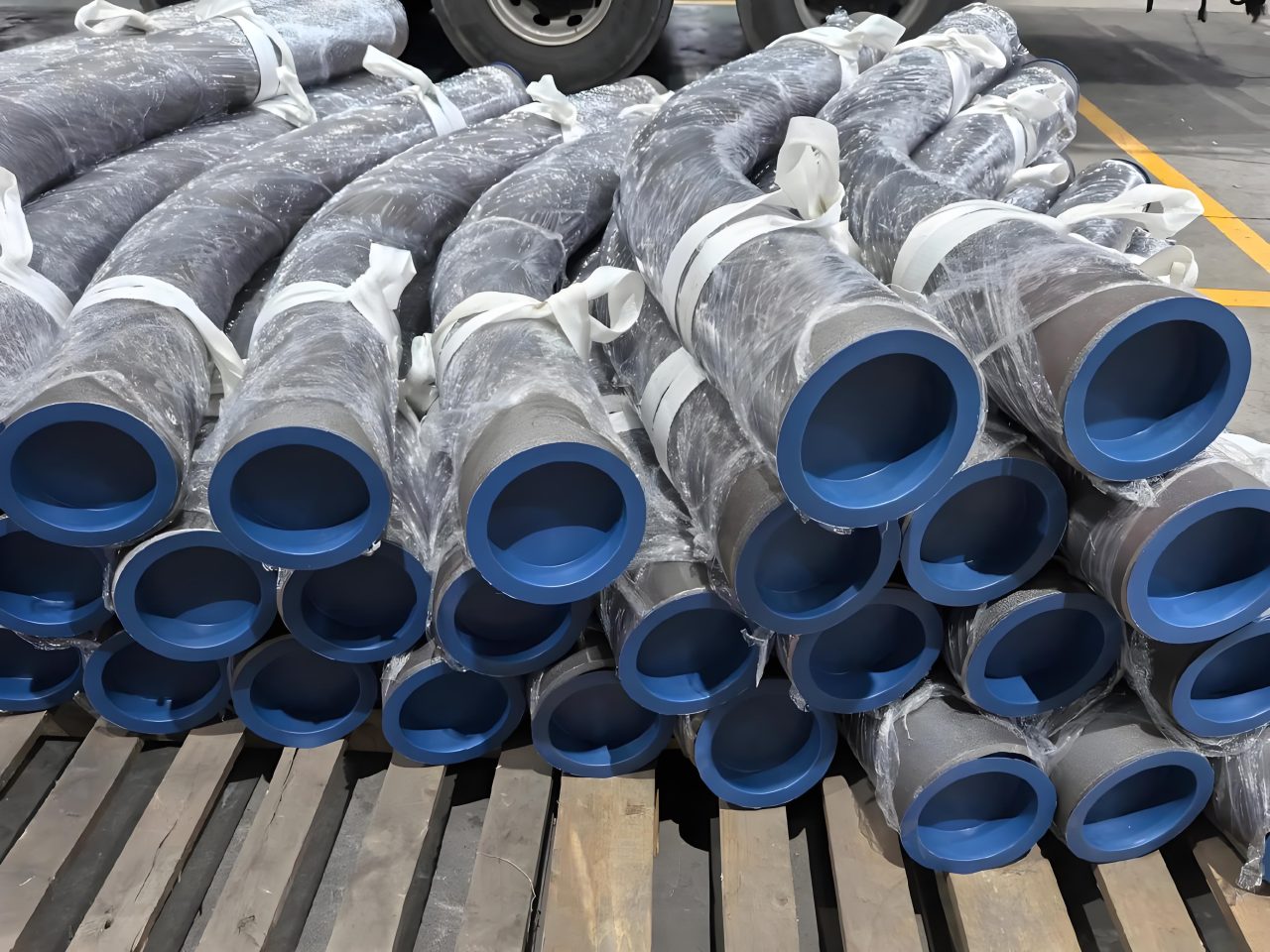
I. The Metallurgical Fortress: ASTM A333 and Impact Toughness
ASTM A333 is the global standard for seamless and welded steel pipe intended for low-temperature service. Unlike general-purpose pipe standards, A333 mandates rigorous material quality checks focused squarely on preventing catastrophic brittle failure.
Preventing Brittle Fracture
Brittle fracture is a sudden, catastrophic failure mode in which cracks propagate rapidly without significant plastic deformation. This occurs when the steel’s transition temperature—the point at which it loses its ductile behavior—rises above the operational temperature.
The A333 standard ensures the steel remains ductile at low temperatures by requiring the **Charpy V-Notch Impact Test**. This destructive test measures the amount of energy absorbed by a standardized test specimen when fractured by a sudden blow. The result, measured in foot-pounds or Joules, must exceed a specified minimum at the lowest anticipated service temperature. This testing is the non-negotiable certification of the steel’s fitness for cold service.
Key Grades for Cryogenic Applications
The A333 standard encompasses several grades, differentiated primarily by their chemical composition and the minimum certified impact test temperature:
| ASTM A333 Grade | Typical Alloying Element | Minimum Test Temperature ($^\circ\text{C}$ / $^\circ\text{F}$) | Primary Application |
|---|---|---|---|
| Grade 6 | Manganese ($\text{Mn}$) | $-45^\circ\text{C}$ / $-50^\circ\text{F}$ | General low-temperature hydrocarbon transport, refrigeration. |
| Grade 3 | Nickel ($\text{Ni}$) | $-101^\circ\text{C}$ / $-150^\circ\text{F}$ | Propane, Butane, and chemical processing. |
| Grade 8 | Higher Nickel ($\text{Ni}$) | $-195^\circ\text{C}$ / $-320^\circ\text{F}$ | Crucial for LNG service (near the liquefaction point of methane). |
The inclusion of Nickel (Grades 3 and 8) is a deliberate metallurgical strategy. Nickel is an austenite stabilizer and significantly lowers the steel’s ductile-to-brittle transition temperature, providing the essential toughness required for handling cryogenic fluids like $\text{LNG}$. Our core commitment is to ensure the material after bending and subsequent heat treatment still meets or exceeds these initial impact requirements—a complexity traditional pipe elbows cannot match.
II. The Manufacturing Revolution: Hot Induction Bending
Pipe bends are essential to change the direction of flow. Traditionally, this was achieved using factory-welded elbows (a three-weld solution) or by cold bending (which can compromise the pipe wall). Hot Induction Bending represents a quantum leap forward in pipe fabrication, producing a single, smooth, monolithic bend.
The Induction Bending Process
This advanced technique transforms a straight section of pipe into a smooth, custom bend through controlled, localized heating and continuous mechanical force:
- Clamping and Heating: The straight pipe is securely clamped at the tangent point. A high-frequency **induction coil** is placed around a narrow, annular section of the pipe, typically $50\text{mm}$ to $100\text{mm}$ wide.
- Localized Heat Application: The coil rapidly heats this narrow band to a precise plastic temperature range (often between $850^\circ\text{C}$ and $1050^\circ\text{C}$). This temperature is held constant and is meticulously monitored by pyrometers.
- Continuous Bending: As the heating band moves along the pipe (pushed by a hydraulic cylinder), a constant bending moment is applied by a rotating arm. The localized heat allows the steel to be shaped plastically while the remaining sections of the pipe remain relatively cool and rigid.
- Controlled Quenching: Immediately behind the induction coil, the steel is rapidly cooled using water or an air-mist spray. This controlled cooling is the first step in resetting the metallurgical structure of the steel.
Advantages Over Traditional Methods
The superiority of induction bends over standard welded elbows is evident in critical systems:
- Reduced Welding: A typical $90^\circ$ elbow requires three welds (two ends for fit-up, one factory weld). An induction bend requires only two (one at each end of the bend section). Eliminating internal welds drastically reduces **Non-Destructive Examination (NDE)** costs, minimizes potential defect points, and simplifies installation.
- Optimized Hydraulics: The smooth, large-radius geometry of an induction bend creates a far less turbulent flow profile than a multi-pass welded elbow. This reduces internal erosion, minimizes pressure drop ($\Delta P$), and decreases pumping energy requirements over the life of the pipeline.
- Customization: Induction bending allows for infinitely variable bending radii and compound curves, offering true customization for complex layout constraints, unlike standard elbows that are confined to fixed radii (e.g., $3\text{D}$ or $5\text{D}$).
III. Engineering Precision: Controlling Wall Thinning and Ovality
The physics of bending dictate that the material must deform plastically. During this process, the outer radius (extrados) stretches and thins, while the inner radius (intrados) compresses and thickens. Controlling these dimensional changes is the core of induction bending engineering.
Wall Thinning and Design Margins
The most critical concern is **wall thinning** at the extrados, which reduces the pipe’s ability to withstand internal pressure. Our design process accounts for this reduction by applying conservative formulas derived from structural mechanics.
The minimum thickness of the pipe after bending ($\mathbf{t}_{\text{final}}$) is related to the original thickness ($\mathbf{t}_{\text{orig}}$), the bend radius ($\mathbf{R}$), and the pipe diameter ($\mathbf{D}$):
For a required minimum pressure rating, the initial straight pipe must be oversized (or over-specified) such that $\mathbf{t}_{\text{final}}$ remains above the minimum thickness ($\mathbf{t}_{\text{min, req}}$) calculated by the ASME B31 pressure piping code:
By controlling the bend radius ($\mathbf{R}$) relative to the diameter ($\mathbf{D}$), we manage the thinning effect, ensuring the final component maintains its full pressure integrity, a critical requirement for A333 materials used in high-pressure $\text{LNG}$ service.
Ovality and Cross-Sectional Control
The cross-sectional distortion, or **ovality**, must also be strictly limited to ensure proper fit-up during welding and to maintain hydraulic performance. Ovality is defined as:
Where $D_{\text{max}}$ and $D_{\text{min}}$ are the maximum and minimum measured diameters, and $D_{\text{nom}}$ is the nominal diameter. Industry standards (and our internal specifications) typically restrict ovality to $3\%$ or less, maintaining the structural circularity necessary for high-pressure service.
IV. Quality Assurance: Re-Establishing A333 Toughness
The intense localized heat of the induction bending process fundamentally changes the microstructure of the A333 alloy in the heat-affected zone (HAZ), temporarily negating the original impact toughness. The subsequent heat treatment is, therefore, not just an option—it is a mandatory metallurgical restoration.
Post-Bend Heat Treatment (PBHT)
To restore the fine-grained microstructure necessary for low-temperature impact toughness, the pipe bend must undergo a full **Normalizing** or **Quenching and Tempering (Q&T)** cycle.
- Normalizing: The bend is reheated to a specific temperature above the upper critical transformation temperature (the $A_3$ point) and then allowed to cool slowly in still air. This process refines the grain structure and eliminates the detrimental coarse microstructure that results from the induction heating. This is common for A333 Gr. 6.
- Quenching and Tempering (Q&T): For higher grades like A333 Gr. 8, a full Quench and Temper treatment is necessary. The material is rapidly quenched (water or polymer solution) and then reheated (tempered) to a lower, precise temperature. This develops the specific alloy microstructure required to achieve the extreme low-temperature impact toughness necessary for $\mathbf{-195^\circ\text{C}}$ service.
Non-Destructive Examination (NDE) Protocols
The quality control sequence after bending and PBHT is exhaustive, validating both dimensional accuracy and metallurgical integrity:
- Dimensional Survey: Full $3\text{D}$ scans verify radius ($\mathbf{R}$), bend angle, wall thickness ($\mathbf{t}_{\text{final}}$), and ovality compliance.
- Magnetic Particle Inspection (MPI) / Dye Penetrant Testing (PT): Used to check for surface and near-surface cracks induced by the plastic deformation process.
- Mandatory Charpy V-Notch Impact Testing: This is the most critical check. Test specimens are cut from the finished bend (including samples from the extrados and intrados) and tested at the specified low temperature (e.g., $\mathbf{-101^\circ\text{C}}$ for Gr. 3). The bend is not certified until these impact values meet the minimum requirements of the original ASTM A333 specification.
V. Technical Specification Tables and Application Range
The integration of the material standard (A333) and the manufacturing process (Induction Bending) allows us to serve the most demanding sectors.
A. Pipe Size and Radius Capability
Our manufacturing flexibility enables the production of bends across a wide diameter range and in various radii to meet customized system layouts:
| Nominal Pipe Size (NPS) Range | Outer Diameter (OD) Range (mm) | Wall Thickness Range (mm) | Bending Radius (R) Range |
|---|---|---|---|
| 2″ – 24″ | $60.3 – 609.6$ | $5.0 – 50.0$ | $3 \text{D}$ to $10 \text{D}$ (D = Nominal Diameter) |
| 26″ – 48″ | $660.4 – 1219.2$ | $8.0 – 75.0$ | $4 \text{D}$ to $8 \text{D}$ |
| $> 48″$ | $1270.0+$ | $10.0 – 100.0$ | Custom large radii available |
B. Anticorrosive Coating Standards
While the primary function of A333 bends is internal structural integrity, the external protection against soil corrosion is mandatory for buried or subsea service. The choice of coating must withstand the high temperatures of the post-bend stress-relieving process (if applicable) and offer excellent Cathodic Disbondment (CD) resistance in cold environments.
| Coating System Type | Governing Standard | Temperature Class | Primary Application Environment |
|---|---|---|---|
| Fusion Bonded Epoxy (FBE) | CAN/CSA Z245.20 / ISO 21809-2 | $-45^\circ\text{C}$ to $85^\circ\text{C}$ | Standard burial, excellent impact protection. |
| 3-Layer Polyethylene (3LPE) | DIN 30670 / ISO 21809-1 | $-45^\circ\text{C}$ to $60^\circ\text{C}$ | Heavy mechanical protection, high abrasion resistance. |
| Liquid Epoxy (Field Joint) | Manufacturer Specific / ISO 2489 | Low-temp cure required | Final coating of weld joints after installation. |
The application of these coatings must follow rigorous surface preparation ($\text{Sa 2.5}$ or better), ensuring the coating bond is as strong as the underlying metal structure.
VI. Conclusion: Seamless Performance in Cold Environments
The **ASTM A333 Alloy Steel Hot Induction Pipe Bend** is a testament to the seamless integration of metallurgy and advanced fabrication. It is a product born of necessity, designed to provide flexible yet robust structural integrity where conventional components are prone to failure.
By committing to the severe impact testing requirements of ASTM A333, controlling the physics of deformation through induction heating, and meticulously restoring the material’s microstructure through post-bend heat treatment, we deliver a component that maximizes flow efficiency, minimizes weld count, and, most importantly, provides an unwavering guarantee against brittle fracture in cryogenic and sub-zero service environments. This component ensures the safe, efficient, and reliable transport of energy and critical fluids under the coldest conditions on earth.
